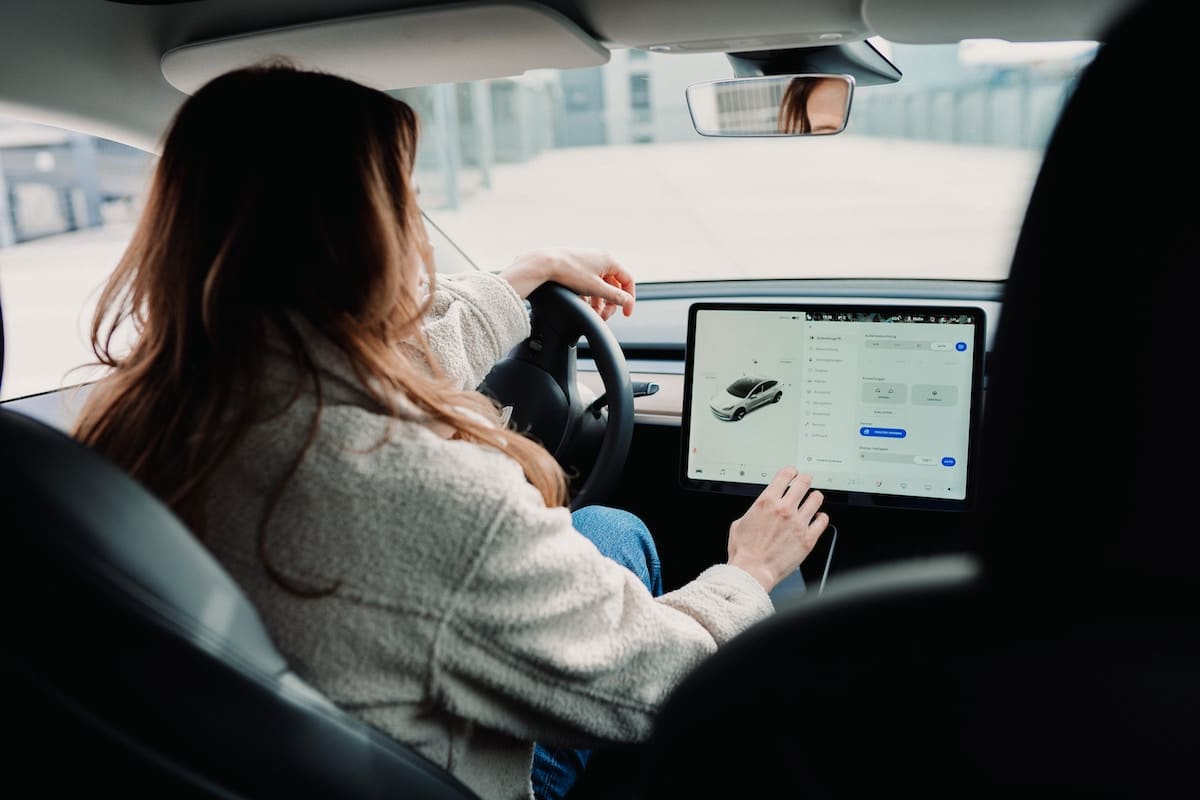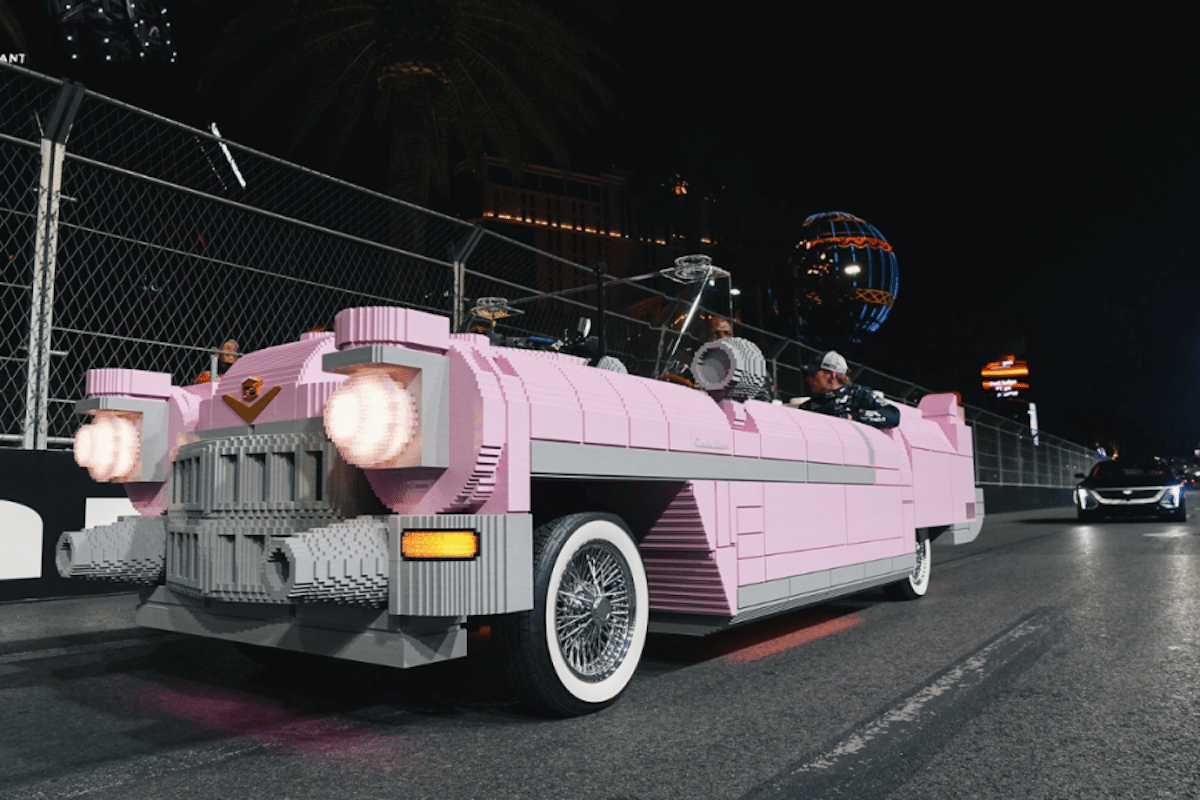How Does an Electric Car Drive?

When switching from a thermal vehicle to an electric one, a question mark might seem intimidating: should I change the way I drive?
Driving an electric car is quite similar to driving a gasoline car, but there are some differences to consider. Here are a few points to keep in mind:
- Silent start: When you turn on an electric car, it makes no noise. You will need to get used to a more relaxed acceleration.
- Quick and smooth acceleration: Electric cars have high torque from the start, which means they can accelerate rapidly. However, acceleration is also smooth because there is no gear-shifting transmission. Be cautious of premature tire wear and your license, as the temptation to make fast starts at tolls or when the traffic light turns green can be high.
- Energy recovery: Electric cars can recover energy when braking or decelerating, which can extend the battery range. Keep this aspect in mind to gain more kilometers of autonomy; it’s far from trivial. Ultimately, studies tend to show that electric car drivers anticipate more in traffic.
- Smoother driving: Electric cars are often heavier than gasoline cars due to the battery, which tends to offer a smoother and more stable ride.
- Limited range: The range of electric cars is often shorter than that of gasoline cars, so planning your trips accordingly is important. Remember that recharging an electric vehicle takes longer than refilling a gas tank, so incorporating this factor is necessary to avoid inconveniences.
In summary, driving an electric car is quite similar to driving a gasoline car, but it requires a slight adaptation of old habits and your position in traffic due to the silent operation.
READ ALSO: Car: How to drive on snow and ice?
This page is translated from the original post "Comment se conduit une voiture électrique ?" in French.
We also suggestthese articles:
Also read





